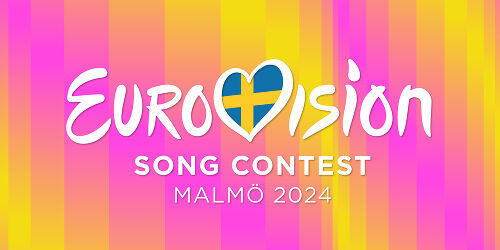Are you looking for some tips to explore Malmö during the Eurovision Song Contest season? Look no further, we’ve got you covered! We’ll break down the city so you can make the most out of your stay.
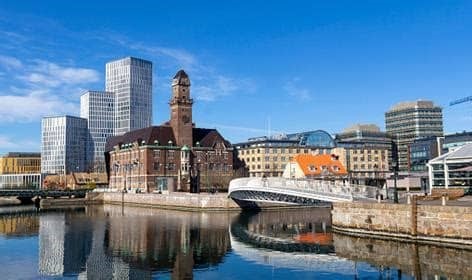
Malmö is Sweden’s third-largest city. It is the capital of Skåne län, the southernmost county in Sweden. The city has a population of 338,230 and an area of 7176 hectares. Greater Malmö has about 700,000 inhabitants. It is located in the Skåne landscape in the municipalities of Malmö and Burlöv, it is also the capital of the municipality of Malmö.
The city has the perfect blend of old-world charm and ultra-modern cosmopolitan vibes, as well as food and culture from every corner of the world, make this coastal town highly recommended for all visitors.
If you travel from Denmark to Malmö, you’ll cross the Öresundbridge, and immediately you’ll have one of Malmö’s most striking sights. The bridge consists of a railway line topped by a road that reaches to the island of Peberholm, and is about eight kilometers long.
Our top 5 Van must do/go/see
1. Eurovision Village and Eurovision Street
We wouldn’t be Eurovision fans if we weren’t the first to go there of course
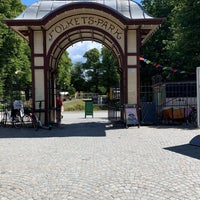
Folkets Park (district Möllevången) has been transformed into Eurovision Village.
You will find Eurovision street in Friisgatan – the lively stretch between Triangeln station and Eurovision Village.. This popular car-free street is filled with restaurants and cafés. On your walk along the street you’ll be able to encounter musical surprises and food from all over the city and the world.
2. Malmöhus
The oldest surviving Scandanavian castle from the Renaissance has quite the history! The castle, originally built in 1434, was demolished at the beginning of the 16th century. It was rebuild between 1526 and 1539 by King Christian III. This rebuild is the building we can visit today. Historically, it was one of the most important fortresses for the defense of Denmark, of which Malmö was a part at the time.
The castle was used as a prison and as emergency housing. Today, two museums are located on the castle island: the Malmö Art Museum and the Malmö Museum. In the vicinity of the castle are also the Commander’s House (Kommendantshuset, a former arsenal) and the Castle Mill.
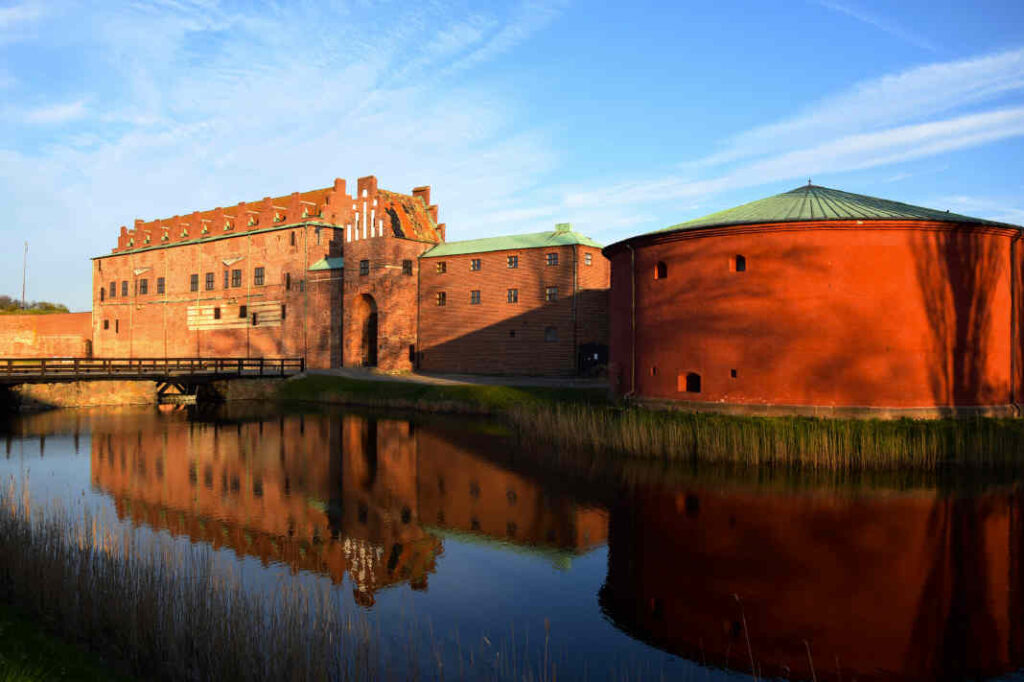
3. Stortorget
Stortorget, Malmö’s main square, was founded in 1540. It covers an area of 2,500 m², making it the largest square in the city. It was once even known as the largest market square in Northern Europe. Major events are held here on a regular basis. In the center of the square is an equestrian statue of King Karl X Gustav, who was responsible for the unification of the Danish provinces with the Swedish Empire in 1658 during the Peace of Roskilde.
Historic buildings around the square
On the east side of the square is the historic town hall, built between 1544 and 1547, but with a renewed façade from 1860.
In the northwest corner is Kockska Huset, a former palace built in 1522-24 for the mint master Jörgen Kock, who later became mayor of Malmö.
The headquarters of the provincial government is located to the south of the square.
Another building worth mentioning is the old Lejonet Apotheker. On this 5-story building you can see fully restored advertising paintings from around 1900.
4. Malmö Konsthall
Designed by local architect Klas Anselm and built between 1971 and 1974, Malmö Konsthall is one of the largest contemporary art exhibition halls in all of Europe. Thanks to a clever positioning of 550 ceiling lights, different ceiling heights and large almost vertical ceiling windows on the north side of the building, the hall has a lot of natural daylight. Admission is free and everyone can get in and out to see the exhibitions that change throughout the year.
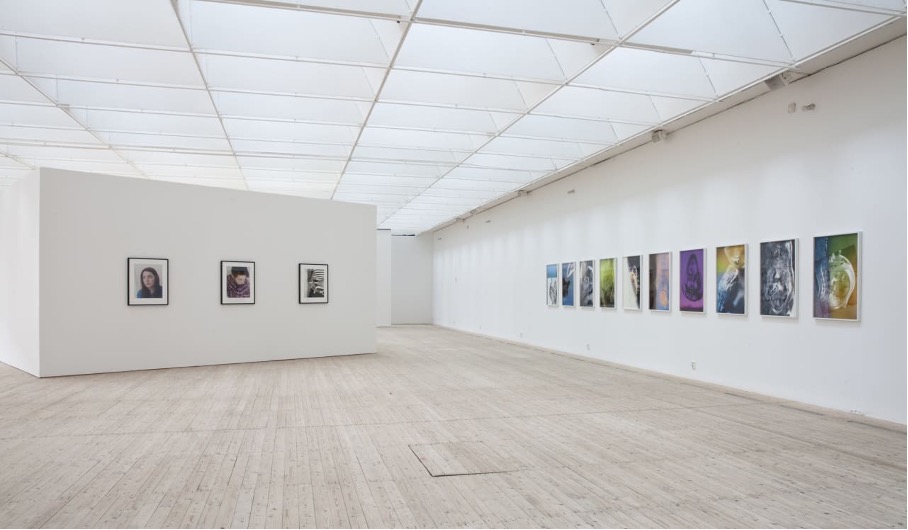
5. Disgusting food museum
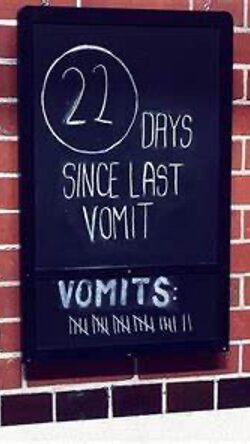
A very special one, but we didn’t want to keep it from you:
This museum takes you to the 80 most bizarre eating habits from all over the world! Most things are freshly prepared and sometimes you can taste them!
For example, you can taste Casu Marzu from Sardinia, a cheese in which the cheese fly lays its larvae and which you eat with them. It is recommended to close your eyes when taking a bite of this delicacy. Don’t worry, there are also vomit bags provided if you really don’t like 😉 it.
The idea behind the museum is actually to make you think about how we deal with food and food waste. So, why do we think eating insects is dirty and other animals don’t? In this way, the museum tries to make you think about more sustainable ways of dealing with food.
So, Malmö is ideally suited to discover on foot, by bike, or by boat.
We wish everyone a lot of fun, and maybe we walk/cycle or bump into each other

